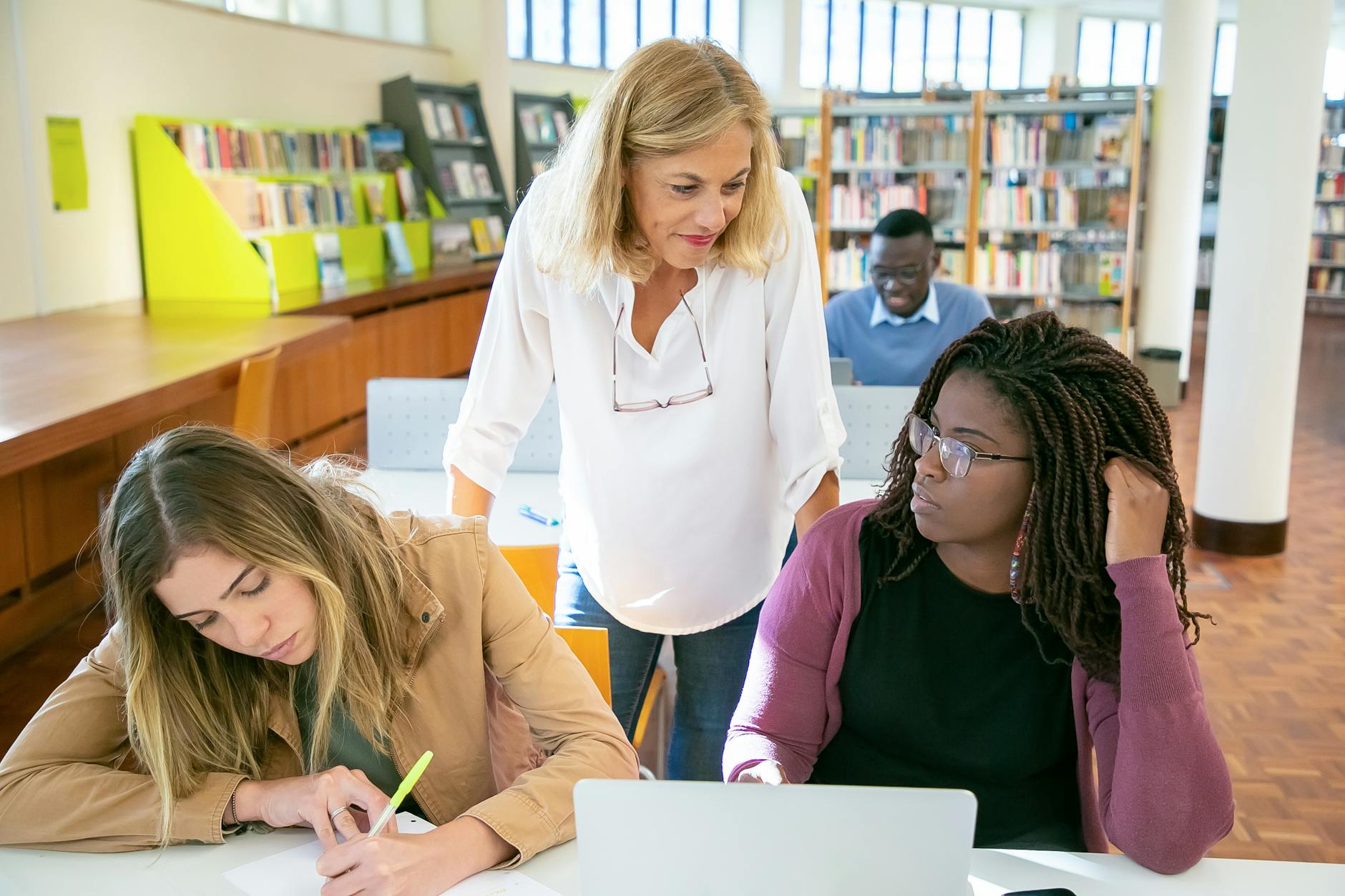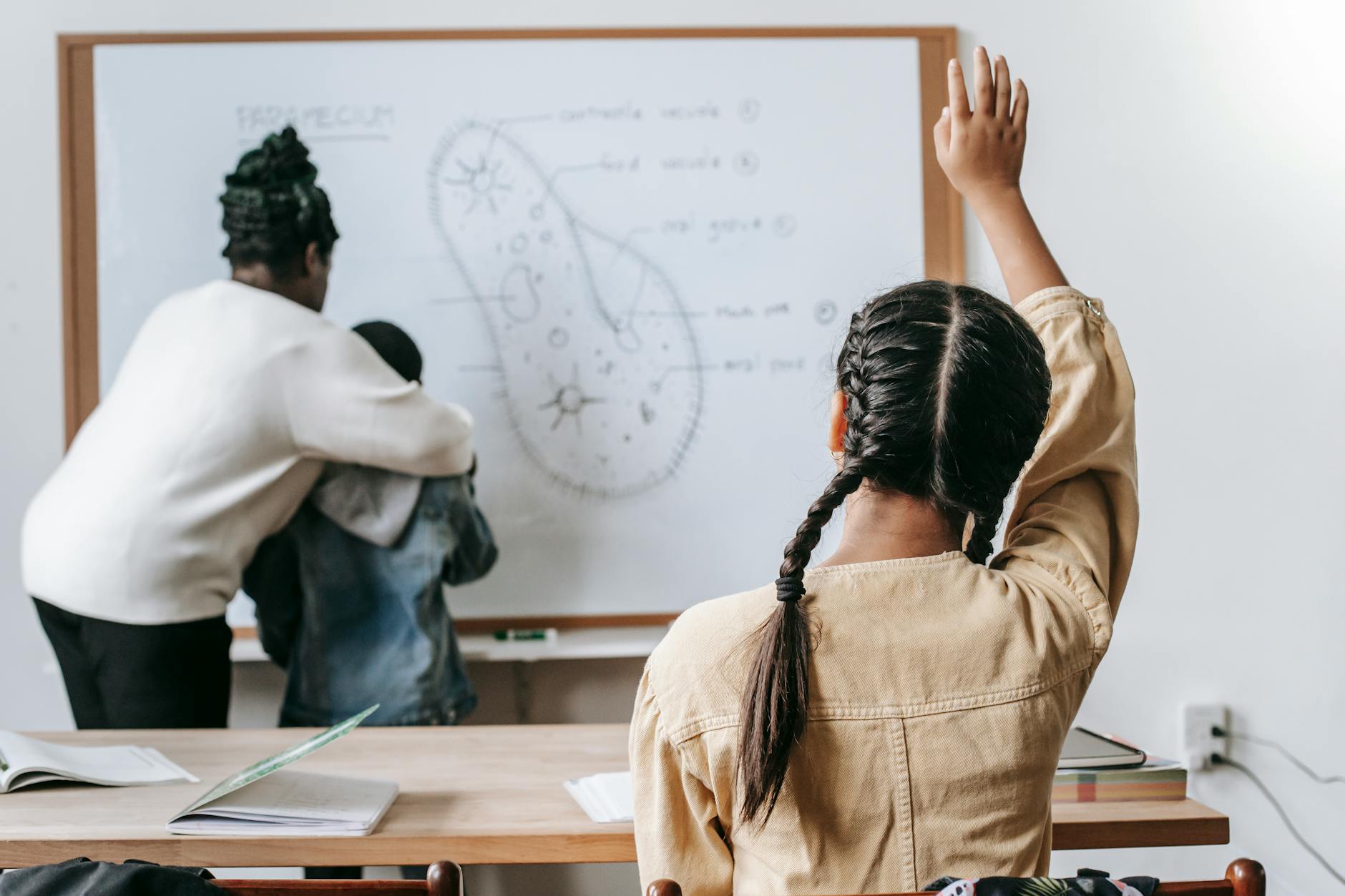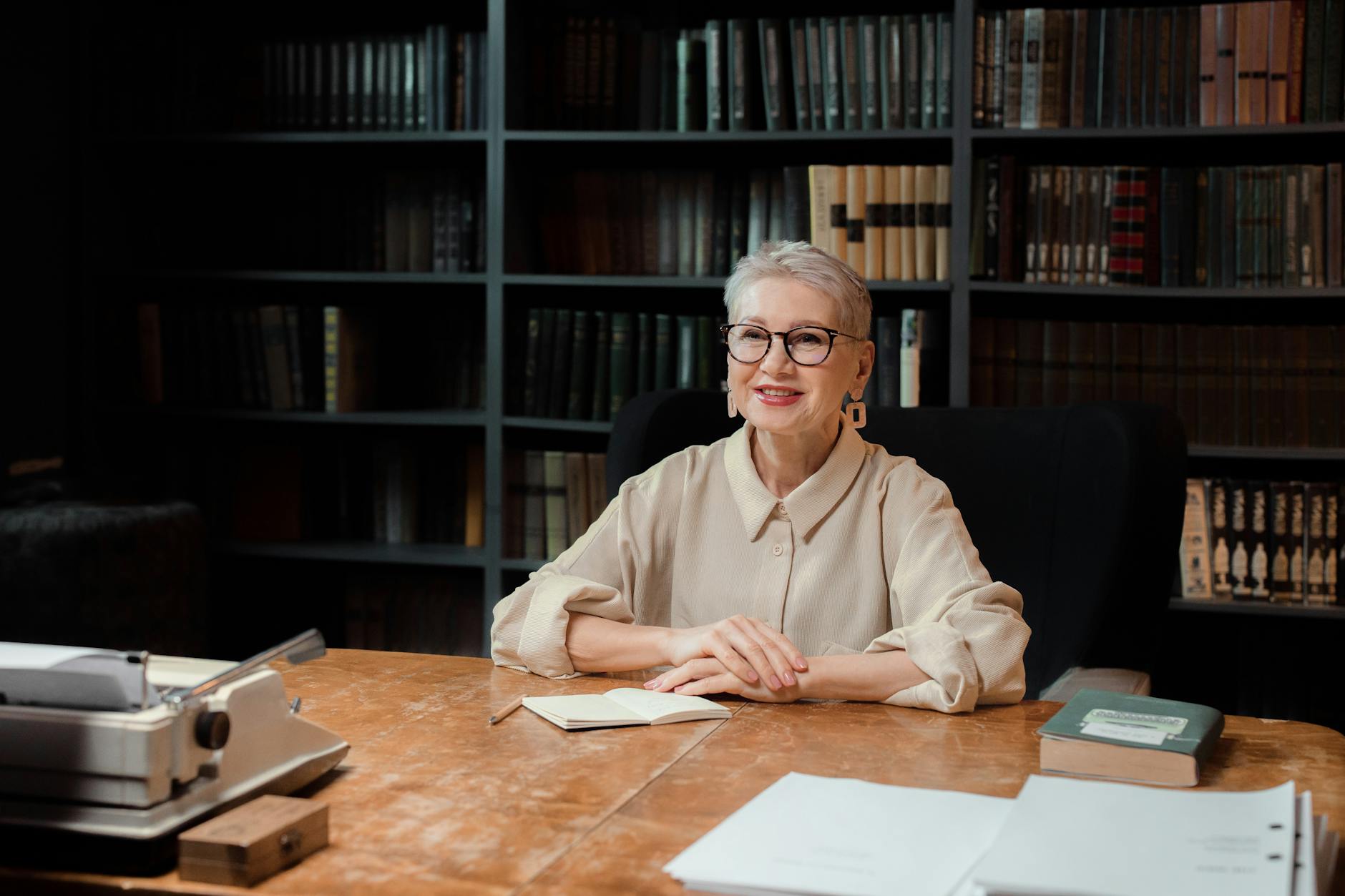Why Embracing Change Can Benefit Early Childhood Education in Australia

Benefits of Embracing Change
As an early learning facilitator in Sydney, I constantly witness the positive impact of embracing change in education. This adaptive mindset is crucial for both educators and students, especially when incorporating innovative tools like the creative workshops at the Sydney Opera House. Such initiatives breathe life into our traditional teaching methods and encourage a more dynamic approach. Embracing change allows us to bridge the gap between play and technology, creating a balanced learning environment. By introducing modern educational resources, children develop adaptive skills necessary for thriving in a constantly evolving world.
Enhancing Flexibility in Learning
Enhancing flexibility in learning is essential for meeting the diverse needs of students. For instance, introducing courses like cert 3 in individual support provides educators the flexibility to design varied learning experiences. This not only enriches the content but also ensures a tailored approach that aligns with each child's unique learning style. Such flexibility also makes room for outdoor learning experiences and encourages educators to get creative with their lesson plans.
Encouraging Innovation in Teaching
Innovation in teaching brings fresh perspectives and new energy into the classroom. Programs such as community services courses inspire educators to implement resourceful teaching methods that cater to various learning styles. By leveraging such courses, educators can integrate more technology into their curriculum, making lessons engaging and relevant to the interests of today’s learners.
Fostering Adaptive Skills in Children
Fostering adaptive skills in children is vital for their future success. Introducing structured programs such as the cert 3 childcare encourages children to develop problem-solving skills and adjust to new environments. These experiences cultivate resilience, preparing them for challenges they might face later in life. By reinforcing adaptation and exploration in early education, we set the foundation for lifelong learning and curiosity.
Modern Learning Approaches
In today's world, the approach to education needs to be as dynamic and engaging as ever, especially when we consider the use of innovative methods in early childhood settings. I’ve seen how modern early childhood education can be transformed into a vibrant, interactive experience by merging traditional and cutting-edge tools. For instance, the integration of technology in classrooms opens a realm of interactive possibilities, inspiring children to engage more deeply with their learning through educational apps that stimulate critical thinking.
Incorporating holistic education models is also crucial, going beyond academic learning to address emotional and social development. When adopting these models, educators focus on nurturing well-rounded individuals, which is pivotal in early years education. It’s about understanding a child's world and fostering emotional intelligence alongside cognitive skills. Particularly, drawing inspiration from the Australian Museum’s educational programs offers a fantastic blueprint for how culture and history can blend seamlessly with early learning.
Additionally, personalised learning plans ensure that each child's unique needs are met. Tailoring these plans can help educators better support diverse learning styles, making it easier for children to reach their fullest potential. As educators, delving into child care courses and pursuing a diploma in early childhood education can empower us to implement these approaches effectively, enriching our teaching practices and inspiring the next generation.
Teacher and Administrator Roles
Continuous Professional Development
As an early learning facilitator here in Sydney, I see firsthand the transformative potential of ongoing education. Continuous professional development is not just a goal; it's a necessity for educators looking to stay relevant and effective. With childcare courses online, teachers can access a myriad of resources that enhance their skills without disrupting their schedules. This digital flexibility is instrumental for those of us juggling numerous responsibilities, much like Liam, who seeks to expand his qualifications in aged care.
Collaborative Curriculum Design
Another pivotal role teachers and administrators play involves designing a curriculum that resonates with diverse student needs. A collaborative approach can innovate the learning environment, encouraging input from various stakeholders—including parents, students, and fellow educators. Just as the State Library of New South Wales offers resources for educators to craft informed lessons, our curriculum efforts must align with these educational advancements.
Supporting Diverse Learning Needs
Finally, addressing diverse learning needs remains central to our roles. Catering to varied capabilities and learning styles ensures every child has the opportunity to succeed. Aged care training provides insights into adapting learning methods—whether through experiential activities or leveraging technology—thereby fostering an inclusive setting. This balance of traditional and modern techniques mirrors our commitment to a dynamic educational landscape.
Addressing Common Misconceptions
In the realm of early childhood education, one persistent challenge is tackling the misconceptions surrounding change and innovation. Many educators fear that digital tools could replace traditional methods of teaching, but this is not the case. Instead, technology can enhance learning when effectively blended with play. To strike this balance, insights can be drawn from places like the Australian Museum, which offers enriching educational programs that marry technology with interactive exhibits.
As educators, it's crucial to inform and reassure parents and the community that change doesn't negate existing values; rather, it modernises and enriches them. Implementing aged care courses and curriculums like the diploma of community services can help improve the understanding of how digital tools support learning by offering structured pathways for educators. These courses provide a foundation for educators and caregivers to develop skills aligned with contemporary needs.
Addressing these misconceptions involves a transparent dialogue with all stakeholders. Sharing successful instances where technology and traditional play harmoniously coexist can further build community support. Finally, structured feedback mechanisms, perhaps inspired by the innovation workshops held at the Sydney Opera House, can provide valuable insights into the perceived hurdles and actual outcomes. This transparency not only strengthens trust but also paves the way for a more modernised approach to early learning.
Embracing Future-Driven Learning
Nurturing Future Innovators through Play and Technology
As educators, we are profoundly aware of the delicate balance between traditional play and the ever-growing presence of technology in early childhood education. Drawing inspiration from the innovation workshops at the Sydney Opera House, we can design activities that merge creativity with technological exploration, fostering a sense of wonder and innovation in our young learners. Encouraging children to engage with technology through interactive storytelling or simple coding games can open pathways for holistic growth.
Harnessing Local Resources
The Australian Museum’s educational programs remind us of the rich cultural and scientific insights available right at our doorstep. By incorporating these resources into our curriculum, we provide children with unique opportunities to connect with their heritage and the world around them. Such programs can serve as a guide to integrating diverse educational tools, ensuring our students are both grounded and forward-thinking.
Encouraging Ongoing Educator Development
It's crucial to utilise resources like those offered by the State Library of New South Wales, which are tailored for educators seeking to expand their expertise. By embracing continuous professional development, we not only enrich our own skills but also empower our students to thrive in an ever-evolving educational landscape. Engaging with such resources equips us to better support the diverse learning needs of our young students.
In conclusion, by leveraging the abundant resources available within Sydney and beyond, we can create enriching environments that blend play and technology, preparing our learners to be the innovative thinkers of tomorrow.


